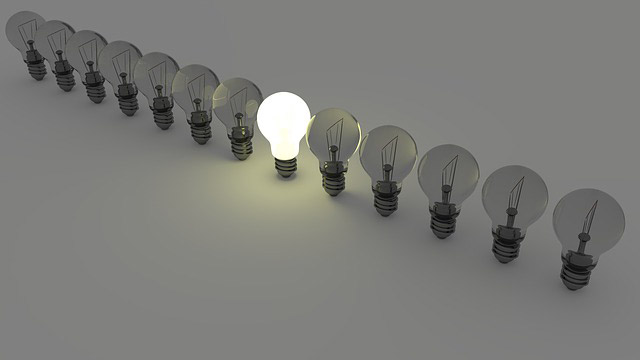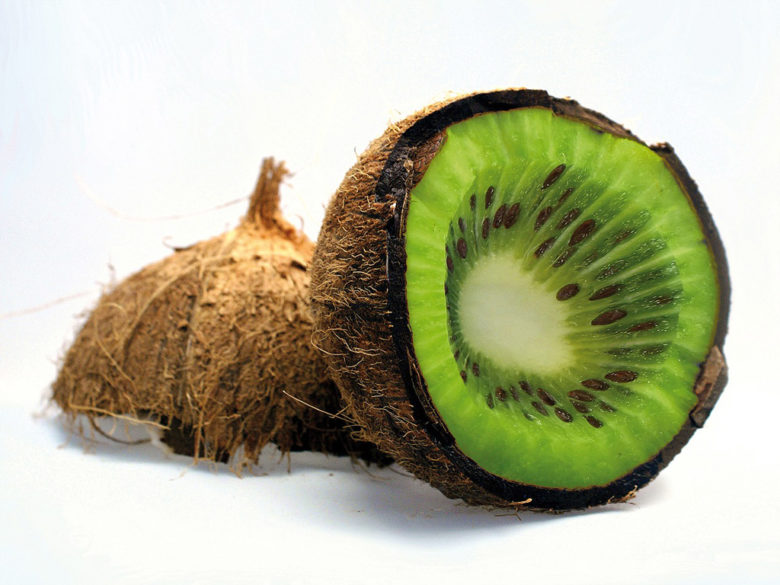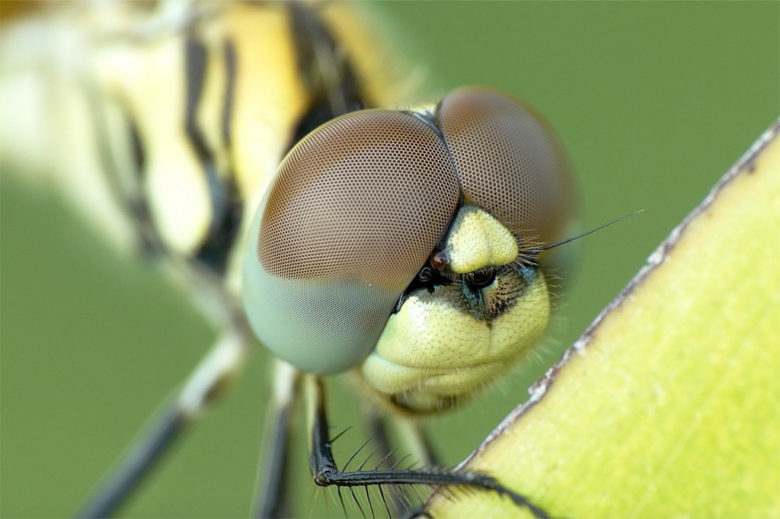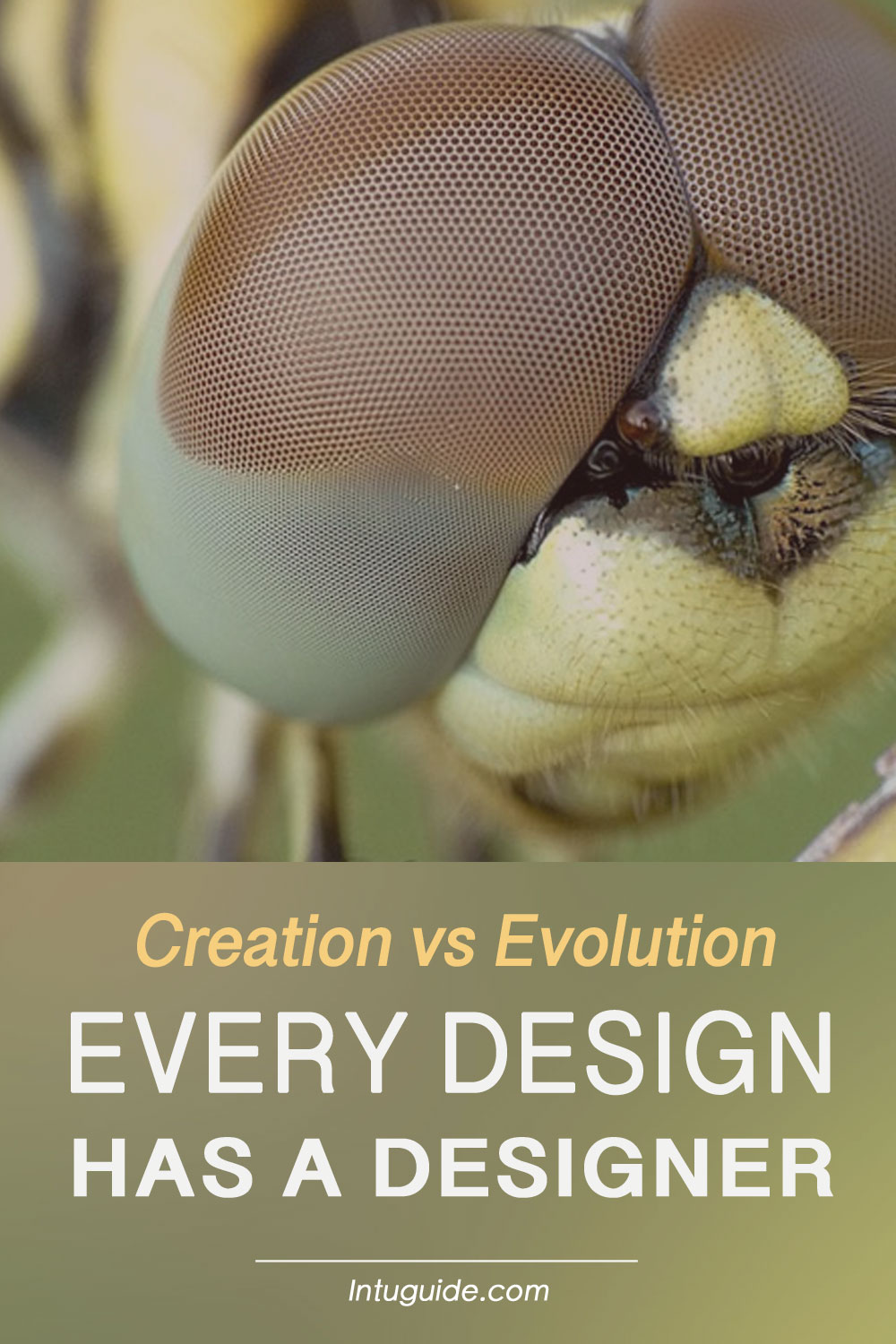Can we prove God’s existence scientifically? Was evolution happened by accident or was there a mastermind that created the universe and all life on Earth?
Although God’s nature cannot be directly observed by science, we can take a closer look at His creation vs evolution, learn the origin of mankind and the animal kingdom to get a logical conclusion.
While a typical believer accepts God’s existence by faith, a nonbeliever usually needs tangible proof that everything was built by God. Atheist cosmologists believe that the universe came into existence as the result of a quantum fluctuation that occurred out of nothing or by chance. Even biology theories ruled out that life, in all of its variety and complexity, evolved from non-living matter by chance.
Many would want to see physical proof of God’s existence, but one of the reasons this goal is not easily attainable is because of the Prime Directive concept. This concept says that no advanced civilization can interfere with a primitive culture by exposing them to information regarding advanced technologies or the existence of extra-planetary civilizations. To see and identify the Creator of primitive culture, one should explore and study his creation.
In this article, I would like to summarize the most important key points and statements that will help you to make your own logical conclusion.
Many people who don’t believe in the Creation theory offer their explanation about the complexity and order of life. They tend to deny any intelligent intervention in the evolution process, insisting that the lack of understanding about something is not evidence for God.
For example, John Allen Paulos, a professor of mathematics at Temple University who explored aspects of biology, math, and physics, tries to explain how order and complexity can arise out of nothing. He admits, however, that order, complexity, entropy, randomness, and related notions are impossible to describe and no universe can be completely random at all levels of analysis.

Image by Pixabay
Paulos presents a few abstract examples and calls it order for free. His first example is about the kinetic theory of gases where the random movement of gas molecules leads to some order on a higher level regarding temperature, pressure, and volume known as the gas laws. While some order and gas laws do exist, there was no explanation of how these gas laws were generated in the first place. Do gas molecules have the intelligence of their own to follow their movement pattern? Did the gas molecules create these laws all by themselves?
In the second example called “Ramsey Order,” Paulos speaks about a connection of the large set of geometric points where every pair is either a red line or a green line. The result of the experiment shows that no matter how someone colors the lines, there will be a significant subset of the original set with a unique property. Once again, the initial generation of the original subset of geometric points with a special property and why it followed this particular order is not clear.
In his third example called Self-Organization and Order, he mentions direct relevance to evolution with the notion of “order for free.” Comparing the idea of hundreds of genes that turn on and off other genes, he once again admits that order and pattern do exist. For example with the extensive collection of 10,000 light bulbs, each bulb has input from two other bulbs in the collection.
In this experiment, he compares these bulbs to our genes. When someone connects these bulbs in random order with a clock that ticks off at one-second intervals, each bulb either goes on or off at each tick according to some arbitrarily selected rule. Having a random connection and random assignments of rules, the collection of bulbs would flicker chaotically with no apparent pattern.
Paulos described the Self-Organization and Order experiment as a proposition for natural selection: there is an order for free, where out of chaos would come order for no reason. It means that the complexity of points and lines would generate a spontaneous order.
Once again, this experiment shows that “some arbitrarily selected rule” does exist. But once again, it wasn’t clear how the rule occurred in the first place. What sets the bulbs (or genes) and their interval of random order? If some genes control the others, what controls the former genes?
The question remains unanswered: how does this “unexpected order” bring perfect and desired final results and turn the complete set of genes or each cell of a multicellular organism on and off. Does evolution theory explain how genes miraculously program themselves simply by turning on or off their own “will” or “intention”?
Of course, we can always redefine God to be an inevitable island of an order or some sort of emergent mathematical entity.
Eventually, after some thinking, Paulos admits that God is a “mathematical entity.”
Mutation Destroys Life

By alessandro sala from Pixabay
According to the theory of evolution, life was a “primordial soup”, generated in a pond or ocean over a billion years ago. The original form was a combination of chemicals from the atmosphere and some energy to make amino acids evolve into all the species. More complex organic forms emerged from less complicated and lower forms by a random process of natural selection, and random genetic changes called mutations.
Charles Darwin, an English naturalist, geologist, and biologist, was one of the main contributors to the idea of evolution. Darwin had a taste for natural history while he attended the Unitarian Chapel with his siblings. Throughout his career, he established a scientific theory that all species descended from common ancestors over time through natural selection.
Evolution is a process of a complete change in the genetic composition of the population that can lead to speciation (macroevolution) under certain circumstances. The Darwinian Theory describes two processes – natural selection and random mutations which are supposed to work in agreement with each other. However, we already know that DNA mutations don’t produce new species. They alter body functions negatively and permanently.
Numerous modern studies proved that these theories don’t work and even contradict each other. Natural selection is a process which the healthiest organism survives to make future generations healthier and more active. In this case, there should be a reduction in mutations because they are considered to be digressions from the perfect DNA code and result in the death of cells or diseases. When corrupted DNA is passed onto the offspring, it naturally leads to weaker offspring.
The Graphical-Science section of Scientific American (September 2014) published an article stating that the human genome shares only 2% of the DNA with the chimpanzee genome. They also mentioned a gene duplication process and a variety of genomes within the species where gene duplication plays an important role in the evolution process. Мutation is not good for evolution and scientists in general call it a genetic junk:
The original gene is incredibly similar across different mammals. It encodes a protein that’s the same in all primates, and just one amino acid off in mice. Whatever it does, it’s probably important. This is not a gene that is lightly tinkered with. The copies, however, have evolved at breakneck speed. The B and D-versions have probably mutated to the point where they’re genetic junk.
After all, chimpanzee and human genomes don’t include the effect of gene duplications creating a significant difference in the DNA structure of the human and chimpanzee genomes.
The Difference Between Adaptation and Mutation
Although adaptation can be part of the dynamic evolution process, it is entirely different from the mutation process. Reactive adaptation is the power to survive and adapt to the environment. Species can adapt to certain ecologies and tolerate a wide range of temperatures and levels of moisture with little or no discomfort.
Adaptation is a short-term change (via gene expression) in response to environmental factors. It does not involve permanent genetic changes. It is a process of body changes and biochemical changes to increase survival ability in a given environment or condition. Mutation, on another hand, is an unplanned and negatively radical permanent alteration of genes that ultimately leads to significant deterioration of an organism’s imminent routine functions.
The studies have shown that many genes have minimal effect on phenotype even when they are coded for particular proteins, they don’t have to be expressed.
Living things are suited for their environment better explains the fact that they were created for it not that they evolved into it (Origins?, Ranganathan, B.G.).
There is another type of mutation or genetic alteration called polymorphism. It’s considered to be a pretty safe type of mutation but occurs only in 1% of the population and results in natural differences between people such as eye color, hair color, and blood type. Polymorphism doesn’t cause negative effects on a person’s health, but some of these variations may cause certain disorders in people.
Chemical Components in Apes and Humans
In the past, many evolutionists tried to prove that humans are 99% similar chemically to apes through blood precipitation. However, these theories were debunked after the new studies on chemical components were published:
Milk chemistry shows that the donkey is man’s closest relative. Cholesterol level tests revealed that the garter snake is man’s closest relative. Tear enzyme chemistry showed that the chicken is man’s closest relative. Based on another type of blood chemistry test, the butter bean is man’s closest relative (Morris, Henry M., The Twilight of Evolution, Grand Rapids: Baker Book House, 1967).
In his book What Is Creation Science? biologist Gary Parker wrote:
Using descent from a common ancestor to explain similarities is probably the most logical and appealing idea that evolutionists have. Isaac Asimov, a well-known science fiction writer, is so pleased with the idea that he says our ability to classify plants and animals on a groups-within-groups hierarchical basis virtually forces scientists to treat evolution as ‘a fact.’ In his enthusiasm, Asimov forgot that we can classify kitchen utensils on a groups-within-groups basis, but that hardly forces anyone to believe that knives evolved into spoons, spoons into forks, or saucers into cups and plates.
Other evolutionists like William Fix in his The Bone Peddlers: Selling Evolution book pointed out the obvious similarities between the skeletons of the limbs in different animals. He found that the human hand, the wing of a bird, and the flipper of a whale all followed a pentadactyl limb pattern. The limb structure follows a common origin and displays the same gene complex and structures via environmental selection.
Homologous organs are proven to be generated by totally different gene complexes in different species. To believe in evolution is to think that separate gene complexes for each of these “similar” limbs all evolved independently by chance. It is evident that not one, but multiple different gene complexes would have to have evolved independently.
Ecosystem Interdependence

Image by Pixabay
In a perfect world, pure science is always in harmony with facts. Many other proofs come from the things where physical laws don’t happen by chance. Many facts demonstrate sufficient evidence that complex systems were designed and executed by a higher intelligence. Many studies have proved that complex systems can’t rely on and function on their own without some intelligent intervention.
Our universe is one such complex system containing approximately one trillion galaxies with an average of 100 billion stars. Every atom and sub-atomic particle has a complex molecular structure that serves its unique purpose. Each of the sub-systems is interdependent on one another, creating a complex system. In nature, millions of plants are created in a specific way that forms an interdependent unique system called an ecosystem. In this system, all plants and animals depend upon each other to survive.
Some people assume that all animals simply exist and do everything randomly or by learning to adapt to environmental conditions. However, if they look closer at certain species such as bees, they would notice a specific behavior pattern like when bees return to their hive every day for hundreds of years. They don’t change their appearance or behavior.
Even after millions of years, bees will return to the same location, year after year, right on schedule, as their instincts tell them to do. They do it in the same manner as every other animal on the planet knows what to do and follows their intuitive schedule. Numerous studies show that their behavior would not change even in a case of complete isolation from their group or in an abandoned environment.
While nature’s ecosystem does seem to be chaotic and disorganized at first glance, we identify and analyze the complex interdependence of the organism’s function within the ecosystem. It is apparent that this complex system is very organized and follows an established order for efficient functionality. If we compare this system to the “Self-Organization and Order” bulb experiment mentioned above, it becomes evident that the system’s functionality is far from the “unexpected order” or “chaotic flickering”.
Everyone concludes naturally and comfortably that highly ordered and designed items (machines, houses, etc.) owe existence to a designer. It is unnatural to conclude otherwise. But evolution asks us to break stride from what is natural to believe in what is unnatural, unreasonable, and…unbelievable…The basis for this departure from what is natural and reasonable to believe is not fact, observation, or experience but rather unreasonable extrapolations from abstract probabilities, mathematics, and philosophy (Wysong, R. L., The Creation/Evolution Controversy, 1976).
Unlike animals, humans don’t carry this inherent capability, but they can acquire knowledge by using their intellect. Mankind obtained physical knowledge through the five senses – touch, taste, sight, hearing, and smell or spiritual knowledge which is necessary to develop personal relationships with others.
It was a shock to people of the nineteenth century when they discovered, from observations science had made, that many features of the biological world could be ascribed to the elegant principle of natural selection. It is a shock to us in the twentieth century to discover, from observations science has made, that the fundamental mechanisms of life cannot be ascribed to natural selection, and therefore were designed. But we must deal with our shock as best we can and go on. The theory of undirected evolution is already dead, but the work of science continues (Behe, Michael J., Molecular Machines).
Living organisms along with the non-living elements of their environment interact as a system. They are linked together through nutrient energy and cycles that flow through the ecosystem obtained through the sun. By using plants and each other as food, animals play a major role in moving energy and matter through the system, and they significantly influence the development of microbial biomass and plants.
Conclusion
In the creation vs evolution process, the complex ecosystem is living proof of intelligent design. Through research and tangible evidence, we can see that complex forms may not develop from simple forms and mutation corrupts DNA.
The complex interdependence of animals and plants is real proof that random order that occurred by chance won’t work within the complex system to survive. In every aspect of DNA structure, nothing will work unless everything works at the same time. Without design, order, and quantum fluctuation all non-living matter is destined to evolve into another non-living matter.
Does God exist? Watch this video to find out:
*As an Amazon Associate, I earn from qualifying purchases.



